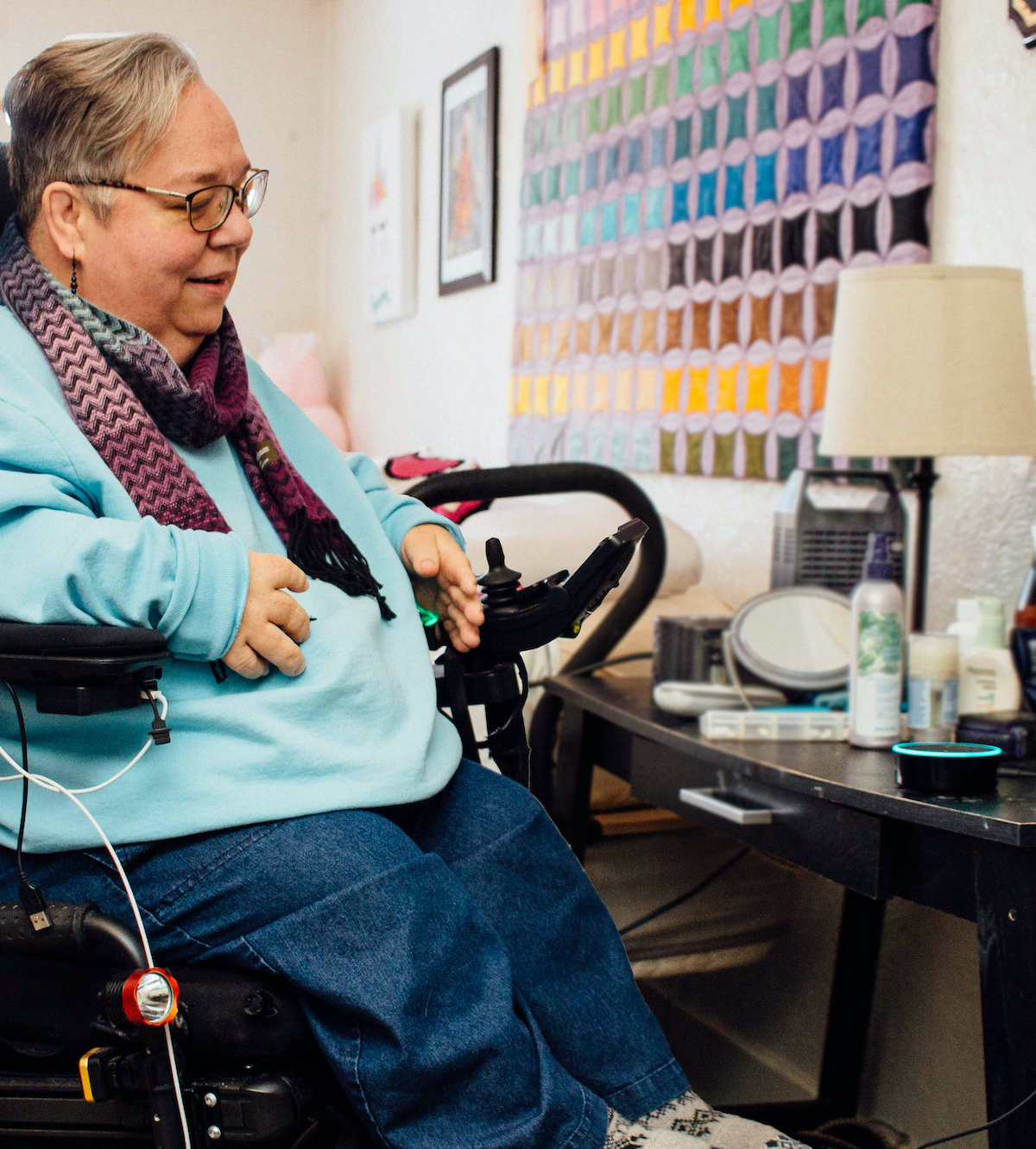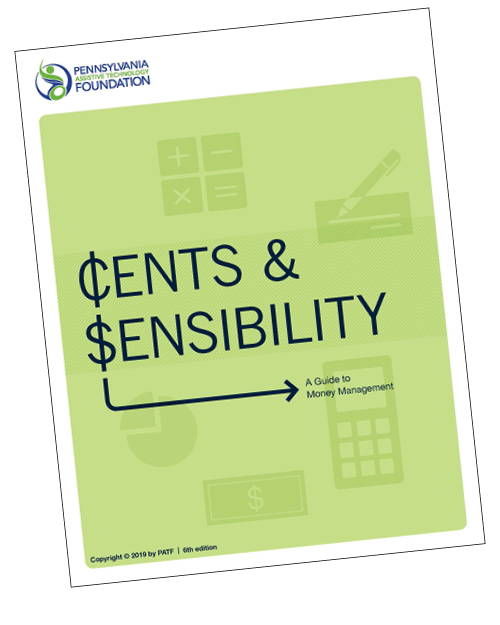Our goal in this topic is to learn how to create a money map. Money mapping captures many activities involved in money management. It includes understanding your income and tracking your expenses, establishing short-term and long-term savings and spending goals, and building good credit so that you can be more in charge of your future.
Money mapping is all about forward thinking, or setting the direction of your money goals. It is the new and improved term for “budgeting.” Money mapping encourages a more fluid process, allowing you to always be thinking about the next step in your forward-moving plan.
To make a money map you need to know your income (money coming in) and your expenses (money going out). The difference between your income and expenses is called cash flow. Cash flow can be either positive or negative. If you have a positive cash flow, that means you have more money coming in than you spend (this is called a surplus). If you have a negative cash flow, you have more money going out than you have coming in (this is called a deficit). A negative cash flow is not a good thing! Many people who have negative cash flows were able to fix the problem through monthly money mapping… you can too!
In this topic you will learn how to:
At the end of this topic, you will have the opportunity to see what you have learned and think about how you plan to use your new knowledge. Complete the quiz on the Let’s Review page to earn your Money Mapping Badge.

DJ’s son was ready to move out on his own. But he wasn’t sure he could afford it.
DJ and Sergei sat down to create a money map. They found that, with Sergei’s current income and expenses, adding the expense of a new apartment would mean he would have a negative cash flow—he would be spending more on his expenses than he was receiving in income.
Sergei figured he could either reduce his spending by making his own food and eating out with friends less often, or try to find a roommate to help cover the extra expenses. He decided he could make his meals at home and hang out with his friends after he had eaten. But after a month of the new routine, he realized he really missed eating out with his friends. He resolved to find a roommate who could help contribute to rent and household expenses.
By decreasing his monthly expenses, Sergei has a positive cashflow, and he is becoming fast friends with his new roommate.

This topic corresponds with Chapter 2: Money Mapping: Get Ready to Budget and Chapter 3: My Personal Money Map in the book Cents and Sensibility: A Guide to Money Management. Learn more about Cents and Sensibility.